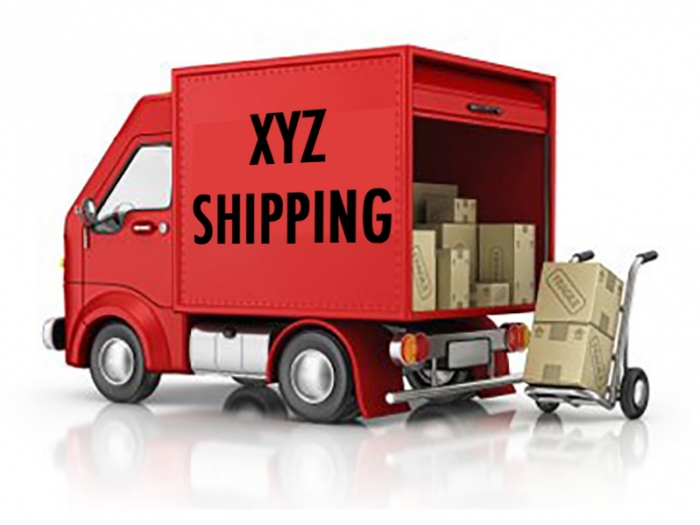ExhibitorEase Guide: Shipping
 |
Transportation services can be one of the most confusing aspects of coordinating your show. To save time, money and sleepless nights, choose your carrier service carefully. Here are three methods for transporting your exhibit materials, followed by suggestions for making the process less difficult. Section 9: SHIPPINGQUESTIONS FOR CARRIERS
PACKING
Common carriers (or motor freights) are generally less expensive than other transportation services, and shipments are easy to track. If you choose a common carrier, check how often they transfer materials (transloading), as this can increase the risk of damage to your fragile delivery items. Van lines specialize in point-to-point personalized service, but are usually more expensive than common carriers. Van lines are equipped to handle a wide variety of items including large padded pieces and crates. In general, the same driver loads and unloads the shipment. Airfreight usually delivers the quickest and to worldwide destinations, but the cost is significantly higher compared to land freight. Before you hire a carrier, verify their procedures for material damage claims, driver accessibility, and missed deadlines. Ask the carrier if they offer insurance that will cover your exhibit for the entire show. Once you choose your shipping carrier, make sure that you document all transactions so that you have a permanent record to avoid future problems with delivery schedules, cost, etc. Verify that all insurance is current and appropriate for your shipment. Confirm total costs up front and in writing, and ask them to indicate any additional charges for loading and unloading. Coordinate delivery with the drayage contractor to ensure a smooth shipment directly to your exhibit site. SectionsSection 1: Planning for the Show |
